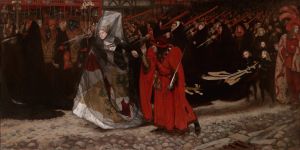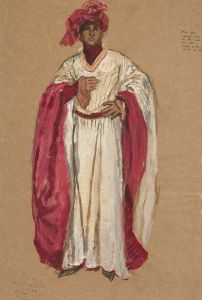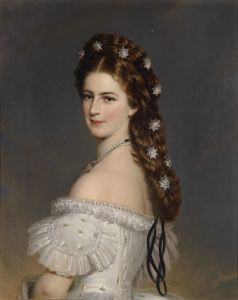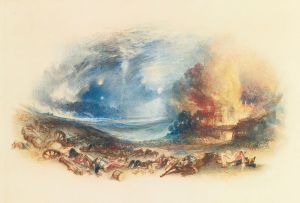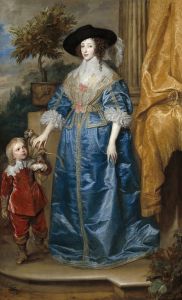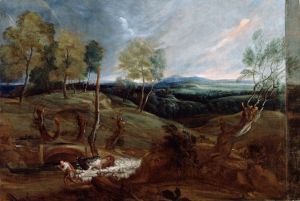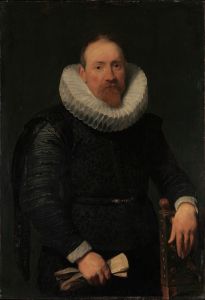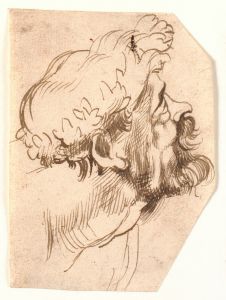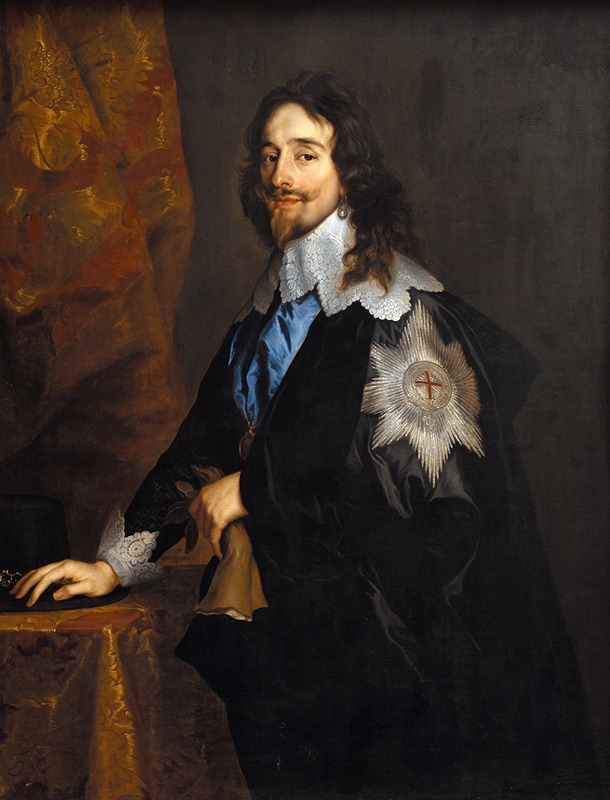
King Charles I of England
A hand-painted replica of Anthony van Dyck’s masterpiece King Charles I of England, meticulously crafted by professional artists to capture the true essence of the original. Each piece is created with museum-quality canvas and rare mineral pigments, carefully painted by experienced artists with delicate brushstrokes and rich, layered colors to perfectly recreate the texture of the original artwork. Unlike machine-printed reproductions, this hand-painted version brings the painting to life, infused with the artist’s emotions and skill in every stroke. Whether for personal collection or home decoration, it instantly elevates the artistic atmosphere of any space.
"King Charles I of England" by Anthony van Dyck is a renowned portrait that exemplifies the Baroque style and the artist's exceptional skill in capturing the likeness and character of his subjects. Painted by the Flemish artist Anthony van Dyck, who was the leading court painter in England during the reign of Charles I, this artwork is a significant representation of both the monarch and the period.
Anthony van Dyck was born in Antwerp in 1599 and became one of the most prominent portraitists of his time. He was invited to England by King Charles I in 1632, where he was appointed as the principal painter to the king. Van Dyck's portraits are celebrated for their elegance, sophisticated composition, and the ability to convey the personality and status of his subjects.
The portrait of King Charles I is one of van Dyck's most famous works. It depicts the king in a dignified pose, often portrayed in a manner that emphasizes his royal stature and divine right to rule. Van Dyck's portrayal of Charles I typically includes rich, elaborate clothing and regalia, highlighting the king's wealth and power. The artist's use of light and shadow adds depth to the painting, enhancing the three-dimensionality of the figure and the luxurious textures of the fabrics.
Van Dyck's portraits of Charles I were not merely artistic endeavors but also served a political purpose. During a time when the monarchy was under scrutiny and facing political challenges, these portraits were intended to reinforce the king's authority and legitimacy. The elegance and poise captured in the paintings were meant to convey an image of a stable and divinely ordained ruler.
The painting is also notable for its psychological depth. Van Dyck had a unique ability to capture the introspective and melancholic nature of Charles I, reflecting the king's troubled reign and eventual downfall. This subtle psychological insight adds a layer of complexity to the portrait, making it not just a representation of physical appearance but also a commentary on the king's inner life.
Van Dyck's influence on English portraiture was profound, and his style set a standard for court portraiture that lasted well beyond his death in 1641. His works, including the portraits of Charles I, remain highly regarded for their artistic merit and historical significance.
Today, "King Charles I of England" by Anthony van Dyck is housed in various collections, with some versions displayed in prominent museums such as the National Gallery in London. These portraits continue to be studied and admired for their artistic brilliance and their role in the visual history of the English monarchy.





